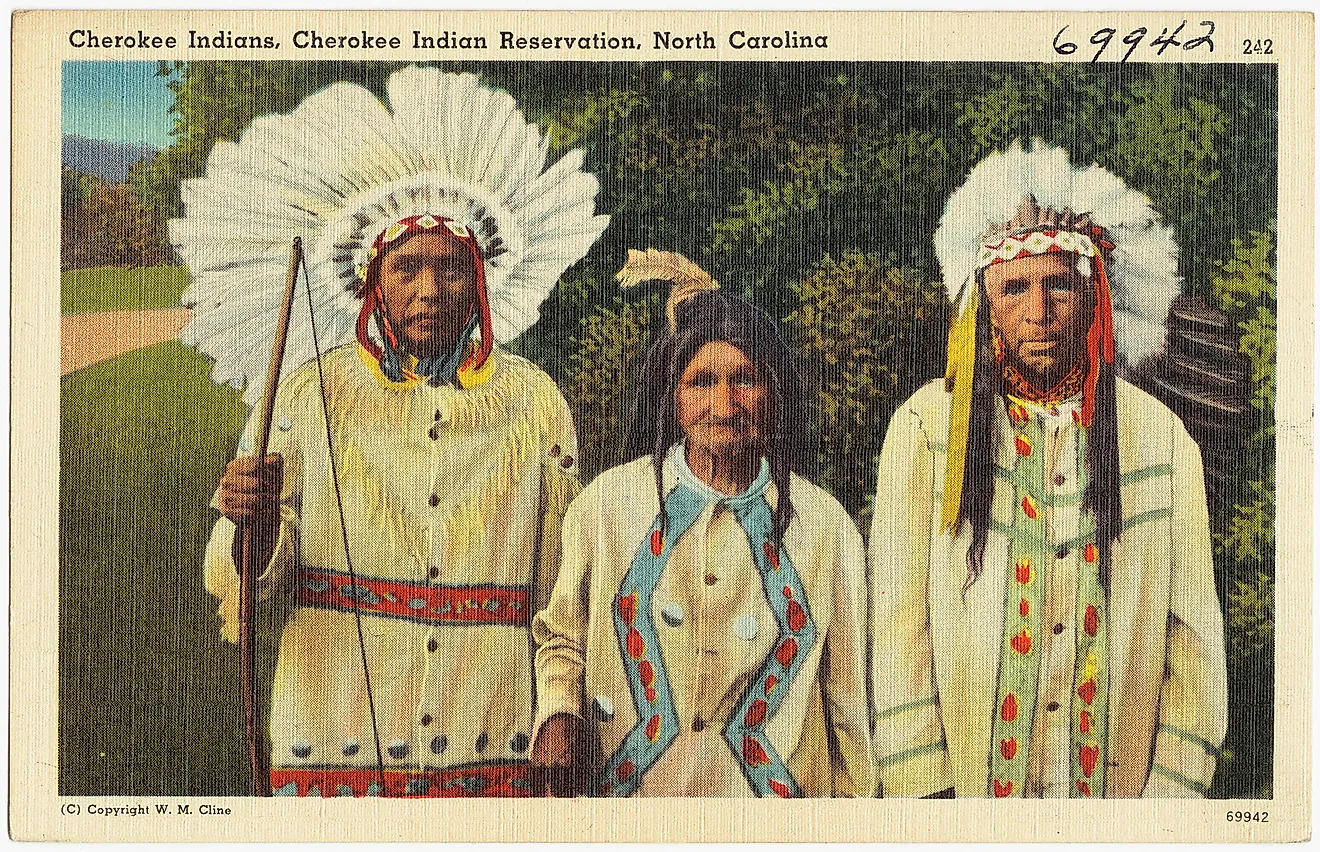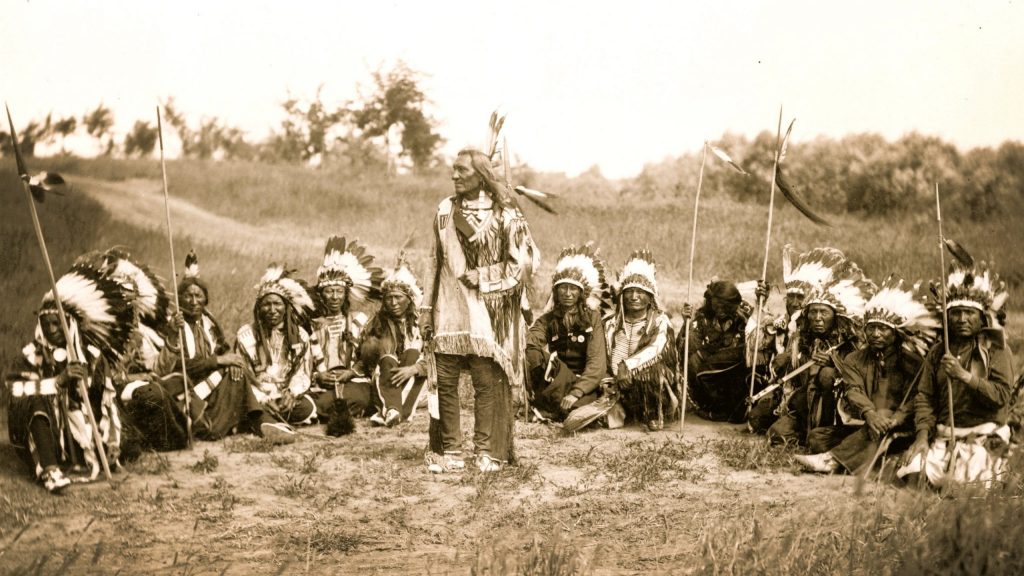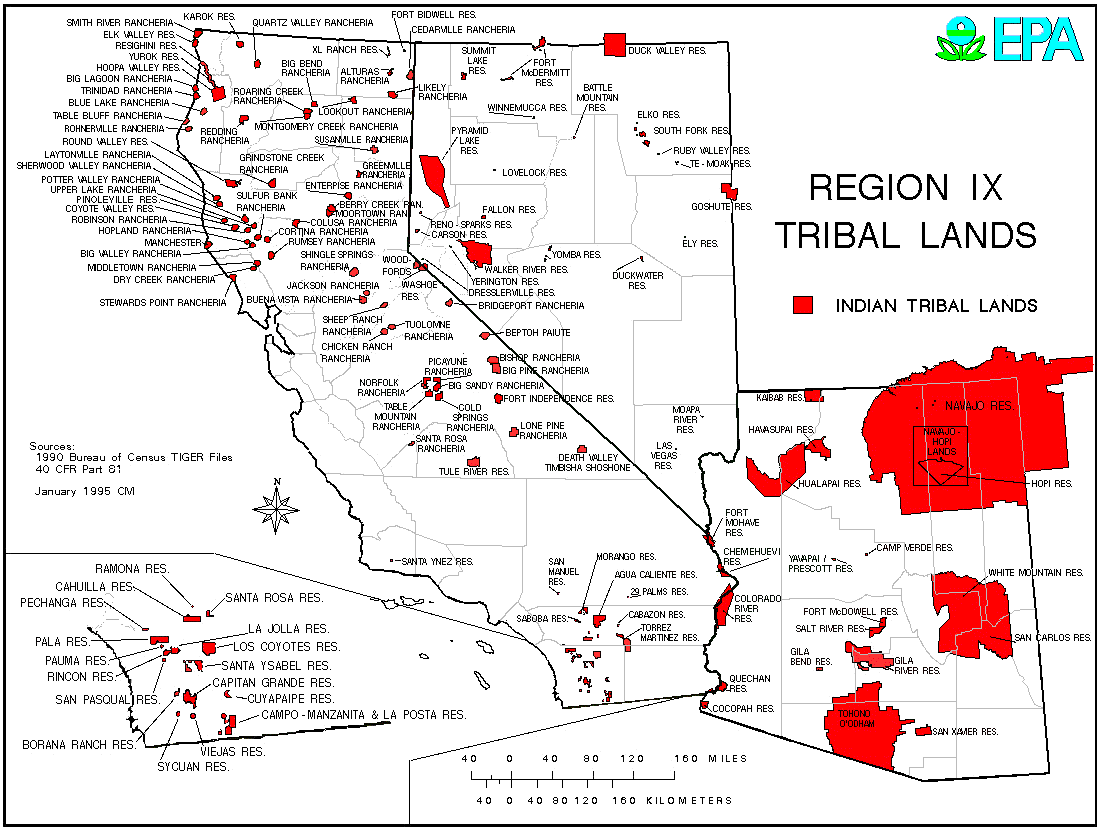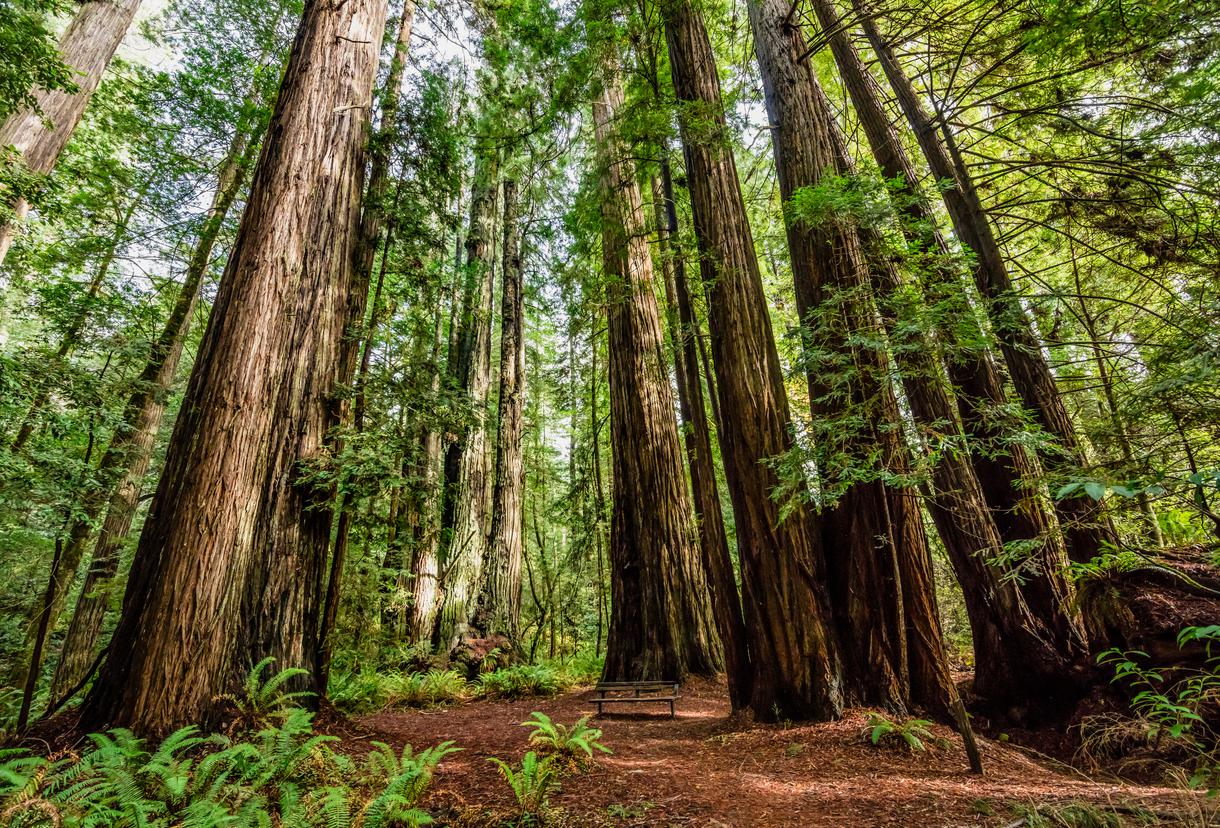Flagstaff’s Hidden History: The Indigenous Tribes Who Call This Land Home
Flagstaff’s Hidden History: The Indigenous Tribes Who Call This Land Home

Flagstaff, Arizona, is a city steeped in natural beauty, drawing visitors from all corners of the globe to its towering redwoods and breathtaking vistas. But beneath the surface of this popular tourist destination lies a rich and vibrant history woven from the threads of Indigenous culture. For centuries, this land has been home to a diverse array of Native American tribes, each with their own unique stories, traditions, and contributions to the tapestry of Arizona’s past.
Let’s delve into the fascinating world of Flagstaff’s Native American tribes, exploring their historical presence, cultural practices, and the enduring legacy they leave behind.
Related Articles: Flagstaff’s Hidden History: The Indigenous Tribes Who Call This Land Home
- Uncover the Rich Tapestry of Native American Reservations in Minnesota
- Rosebud Reservation: Where Lakota Spirit Thrives
- Unveiling the Northernmost Gems: Discover the Two Indian Reservations of New Mexico
- Oklahoma’s Native Tapestry: A Journey Through Tribal Lands
- Unveiling the Caddo Tribe's Legacy: A Journey Through Texas History
The Hopi: Guardians of the Mesa
The Hopi people, whose name translates to "peaceful" or "people of peace," have inhabited the mesas of northeastern Arizona for over 1,200 years. Their ancestral lands encompass a vast territory, including parts of what is now Flagstaff. The Hopi are known for their intricate pottery, vibrant kachina dolls, and deeply spiritual connection to the land. Their traditional beliefs, ceremonies, and dances center around a reverence for nature and the cyclical patterns of life.
The Hopi have faced numerous challenges throughout history, including forced relocation, assimilation policies, and the ongoing struggle to protect their sacred lands. Despite these hardships, they have maintained their cultural identity and continue to uphold their traditions. Visiting the Hopi reservation offers a unique opportunity to experience their rich heritage firsthand.
The Navajo: Weaving a Legacy of Resilience
The Navajo Nation, the largest Native American reservation in the United States, stretches across parts of Arizona, New Mexico, and Utah. Their territory encompasses a significant portion of the land surrounding Flagstaff, including the iconic San Francisco Peaks. The Navajo, known for their remarkable resilience and adaptability, have a deep connection to the land, their culture intertwined with the natural world.
Their renowned weaving tradition, passed down through generations, embodies their artistic skill and spiritual connection to their environment. The Navajo have also played a pivotal role in shaping the history of the Southwest, particularly during World War II, when they served as code talkers, using their language to create unbreakable codes for the U.S. military.
The Yavapai: Keepers of the Mountains
The Yavapai, meaning "people of the place," have been custodians of the mountains and canyons of central Arizona for centuries. Their traditional territory encompasses a vast area, including the region around Flagstaff. They are renowned for their intricate beadwork, basketry, and their deep understanding of the natural world.

The Yavapai have endured forced relocation, assimilation policies, and the loss of ancestral lands. However, they have persevered, maintaining their cultural identity and fighting for the preservation of their heritage. Their resilience and determination serve as an inspiration to all who seek to understand and appreciate the legacy of Indigenous peoples.
The Apache: Warriors of the Desert
The Apache, a collective term for several distinct Indigenous groups, have inhabited the deserts and mountains of the Southwest for centuries. Their territory included parts of what is now Flagstaff, where they were known for their skilled horsemanship, hunting abilities, and fierce resistance to colonization.
The Apache faced brutal campaigns of extermination and forced relocation, but they remained defiant, fighting for their freedom and their way of life. Their history is marked by both hardship and triumph, as they adapted to changing conditions and continued to uphold their cultural traditions.
Honoring the Past, Embracing the Future

Understanding the history of Flagstaff’s Native American tribes is essential for appreciating the city’s rich cultural heritage. These tribes have been integral to the shaping of this region, contributing their unique traditions, artistry, and resilience to the tapestry of Arizona’s past.
Today, these tribes continue to thrive, preserving their languages, traditions, and cultural identity. They are active participants in the life of Flagstaff, contributing to the city’s vibrant arts scene, promoting cultural awareness, and advocating for the protection of their sacred lands.
A Legacy of Strength and Resilience
The story of Flagstaff’s Native American tribes is one of resilience, adaptation, and cultural continuity. Despite facing numerous challenges, they have maintained their traditions, values, and connection to the land. Their history serves as a powerful reminder of the importance of respecting Indigenous cultures, acknowledging their contributions to the fabric of American society, and working together to build a future where all voices are heard and valued.
Visiting Flagstaff’s Native American Heritage

For those interested in experiencing the rich cultural heritage of Flagstaff’s Native American tribes, there are numerous opportunities to learn and engage. Here are a few suggestions:
- Visit the Museum of Northern Arizona: This museum houses an impressive collection of Native American artifacts, art, and cultural exhibits.
- Explore the Hopi Reservation: Take a guided tour to experience the unique culture and traditions of the Hopi people.
- Attend a Powwow: Witness the vibrant colors, intricate dances, and powerful storytelling of traditional Powwows, often held throughout the year in Flagstaff and surrounding areas.
- Support Native American-owned businesses: Discover the beautiful crafts, jewelry, and art created by local Indigenous artists.
- Learn about the history of the Navajo Code Talkers: Visit the Navajo Code Talkers Museum in Window Rock, Arizona, to learn about their vital role in World War II.
By embracing the rich history and cultural contributions of Flagstaff’s Native American tribes, we can gain a deeper understanding of the city’s past, present, and future.
FAQ: Flagstaff, AZ Native American Tribes
Q: What are the main Native American tribes in the Flagstaff area?
A: The main Native American tribes with ancestral lands in the Flagstaff area include the Hopi, Navajo, Yavapai, and Apache.
Q: How can I learn more about the history and culture of these tribes?
A: You can visit the Museum of Northern Arizona, explore the Hopi Reservation, attend a Powwow, and support Native American-owned businesses.
Q: Are there any specific places in Flagstaff where I can learn about the history of the tribes?
A: The Museum of Northern Arizona has a dedicated exhibit on the history and culture of the region’s Native American tribes.
Q: What are some ways I can support the Native American community in Flagstaff?
A: You can support Native American-owned businesses, attend cultural events, and educate yourself about the challenges they face.
Q: What are the best resources for learning about the history of the Navajo Code Talkers?
A: You can visit the Navajo Code Talkers Museum in Window Rock, Arizona, or explore online resources like the National Museum of the American Indian website.

Closure
Thus, we hope this article has provided valuable insights into Flagstaff’s Hidden History: The Indigenous Tribes Who Call This Land Home. We hope you find this article informative and beneficial. See you in our next article!


